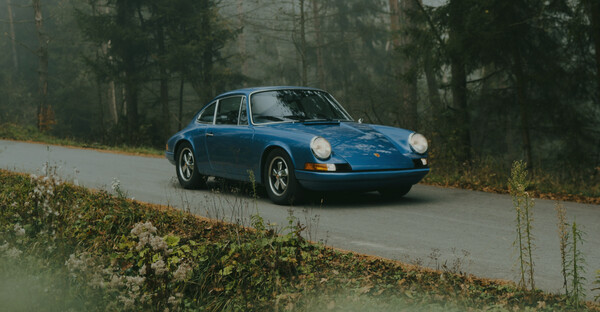Description
Willys M38A1, A very rare US produced Willys for sale in the UK. It was used in the USA with the US Army then sold to The United Nations in Greece so it has no rust, drives perfectly and has 5 x new tires. It has recently undergone some very minor restoration including being painted green from its UN white. It has been used lots in the last year including various historic shows and drives perfectly so any inspections are welcome. I use it whenever it is not raining including lots of runs to the pub! it is a rust free example.
Now a little AI on the history of the M38A1 !
The Willys M38A1, often recognized as the precursor to the modern Jeep, holds a distinguished place in military and automotive history. Produced from 1952 to 1971, this rugged utility vehicle was a key asset for the United States military and several allied forces during the Cold War era. Its development marked significant advancements in vehicle design, leading to improved performance and versatility in various terrains and conditions.
Historical Context and Development
The M38A1, also known as the Willys MD, was developed as a successor to the M38 (Willys MC), itself an improvement over the World War II-era Willys MB and Ford GPW Jeeps. The need for a more robust and versatile vehicle became apparent during the Korean War, where the limitations of the older models were exposed. In response, Willys-Overland Motors designed the M38A1 to incorporate numerous enhancements.
One of the most notable changes was the introduction of a more powerful engine. The M38A1 was equipped with the F-head Hurricane 4-cylinder engine, which provided 72 horsepower compared to the 60 horsepower of its predecessor. This engine, known for its reliability and improved power output, allowed the M38A1 to perform better in challenging environments.
Design and Features
The M38A1's design represented a departure from the flat-fendered appearance of earlier Jeeps, featuring rounded fenders and a more curved hood. This new design was not only aesthetically different but also functional, accommodating the taller F-head engine. The vehicle’s dimensions were larger overall, offering more interior space and greater comfort for its occupants.
Structurally, the M38A1 was built with a stronger frame and better suspension systems, which included seven-leaf front and rear springs. This enhancement improved the vehicle’s durability and off-road performance, allowing it to traverse rough terrains with greater ease. The 24-volt electrical system, a significant upgrade from the 6-volt system in the MB and GPW, provided more reliable power for starting and operating various equipment.
Another key feature was the waterproofing and fording capabilities. The M38A1 could ford water up to 60 inches deep, thanks to its sealed ignition system, special venting, and waterproofed components. This made it particularly useful in diverse combat scenarios where water crossings were necessary.
Military Use and Variants
The M38A1 was used extensively by the U. S. military and allied forces around the world. It served in various roles, including as a reconnaissance vehicle, personnel carrier, and light cargo transport. Its versatility and ruggedness made it a favored choice in multiple theaters of operation.
Several variants of the M38A1 were produced to meet specific needs:
M38A1C: This version was equipped with a 106mm recoilless rifle, transforming the vehicle into a mobile anti-tank platform.
M38A1D: Designed to carry an M40 106mm recoilless rifle, similar to the M38A1C but with slight modifications.
M38A1N: A variant fitted with nuclear, biological, and chemical (NBC) warfare detection equipment.
M38A1T: Modified to serve as a TOW missile carrier, enhancing its role in anti-armor warfare.
Post-Military Use and Legacy
After their military service, many M38A1 vehicles found their way into civilian life. They were popular among off-road enthusiasts and farmers due to their durability and off-road capabilities. The M38A1 also saw use in various other countries' armed forces long after its official retirement from U. S. service.
The legacy of the M38A1 is evident in its influence on subsequent Jeep models. The civilian Jeep CJ-5, produced from 1954 to 1983, was directly based on the M38A1's design. This connection underscores the impact of the M38A1 on both military and civilian automotive design.
















